
A visit to the Ponta das Lajes lighthouse.
In Portugal, the guards depend on the “Maritime Authority” (military institution). They are trained there and new guards come out every year. Their missions are to maintain the lighthouse, monitor navigation, provide advice including weather, and maintain heritage.
In some lighthouses, the guardians also have a mission to open the lighthouse to visits. This is done in small groups. Explanations on the history, operation and purpose of these buildings are given.
The Ponta das Lajes lighthouse was built on the southern tip of the island of Flores - Azores.
Information about this lighthouse is available here.
I’m going to put you through this visit I made in June 2019.
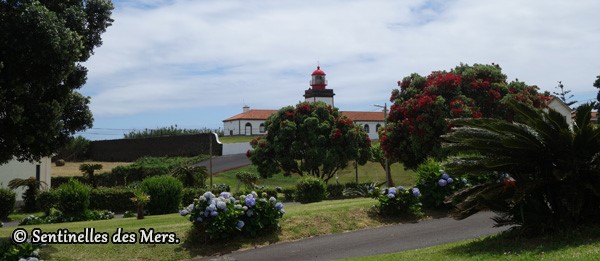
The tour of the lighthouse.
The entrance to the lighthouse.
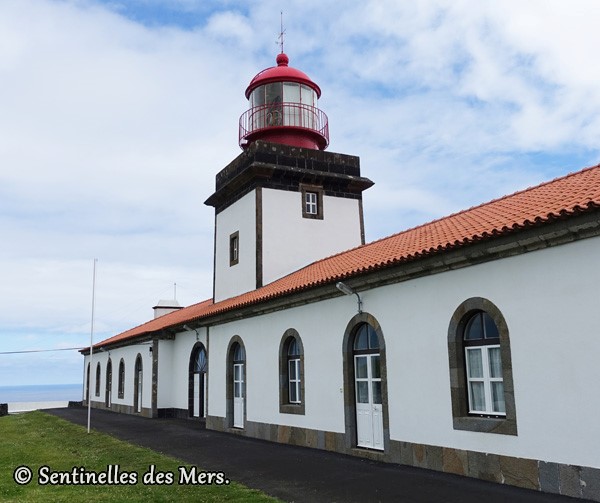

The lighthouse tower is located in the middle of the building. Once you’re through the front door, you’re right in front of the stairs.
In the centre of the spiral staircase, we see the counter weight that was used to drive the rotation of the optics.
This system can be put back into service.
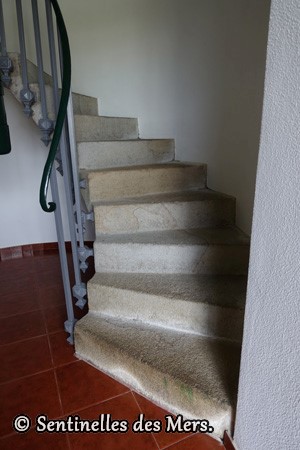
On the way to the first floor.
The 40 steps lead us to the level of the terrace.

The level of the terrace.
The access to the terrace allows to have a beautiful view on the optics.
At this level a small cabinet contains the equipment needed for urgent repairs.
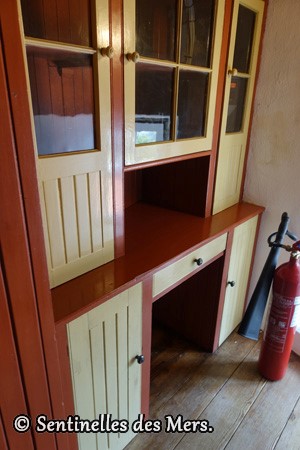
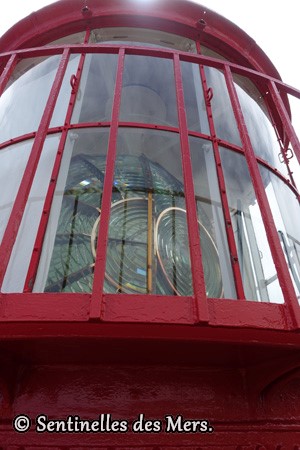
The level of the tank and the training.
A 9-step metal staircase provides access to the base of the lantern.
It shows the optical drive system. This drive is carried out by an electric motor. It is split in case of failure.
A sensor allows to regulate the speed of rotation of the optics.
Beautiful view also from the inside of the optics.
On this floor, you can see the old lamp power system.

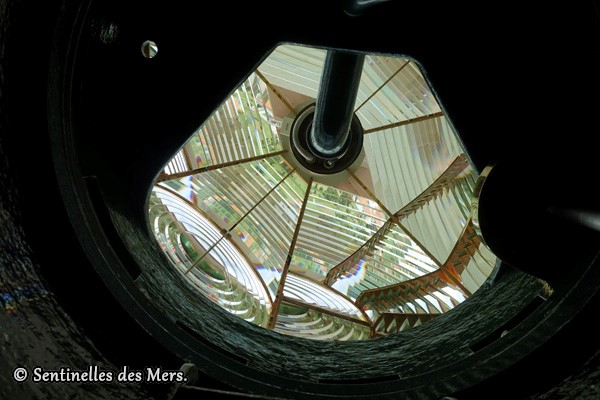
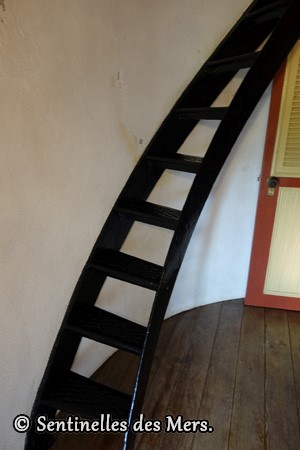
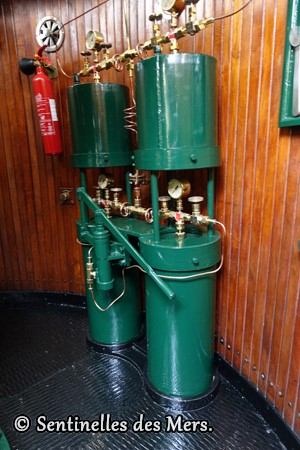
The lantern and its lens.
The optics are impressive. It is a 2nd order with a focal distance of 700 mm, one of the largest optics in Portugal after Cabo Sao Vincente (which is a hyper-radial optics).
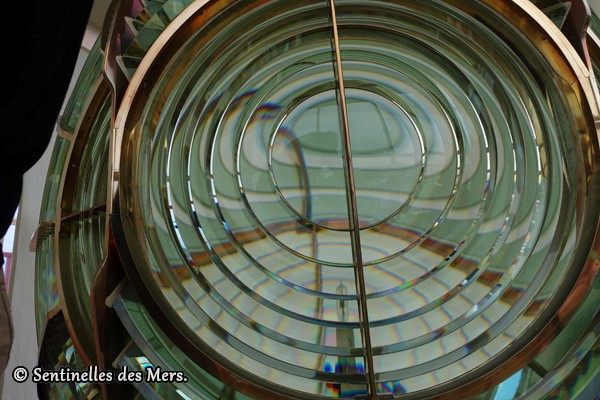
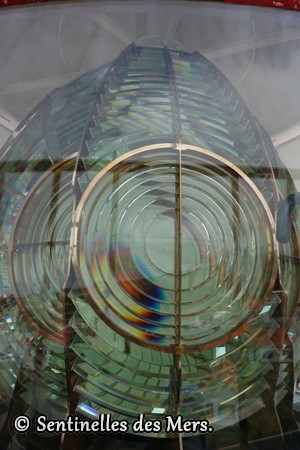
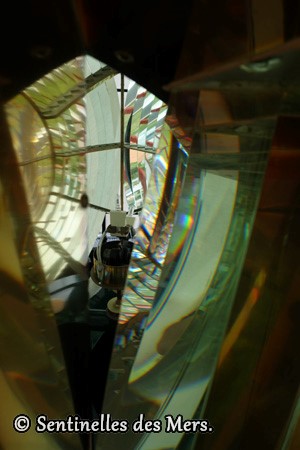
The little museum.
On the ground floor, different objects are exposed.
A haze running on oil vapour. Some sleeves are also exposed.
A 3,000-watt bulb that began to be used with the introduction of electricity in 1956.
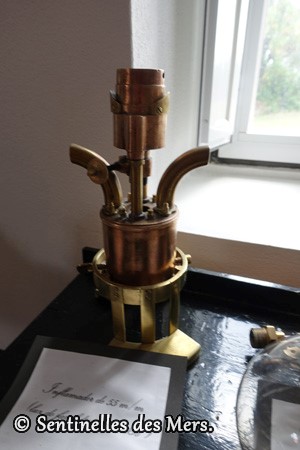
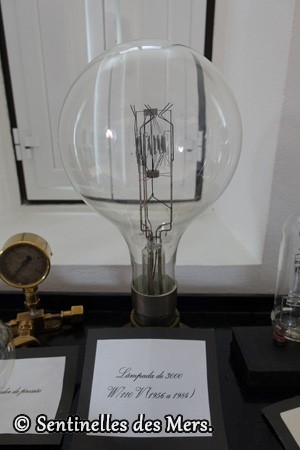
The end of the visit.
The tour ends with the keepers' office.
Before leaving the lighthouse, a book is available to visitors.
They can give their impressions of the visit.
These remarks please the keepers. Don’t forget to say a few words.
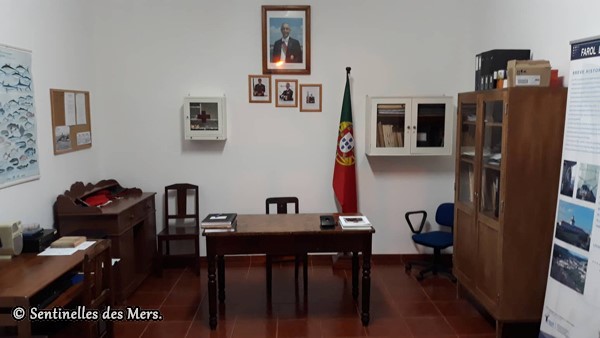
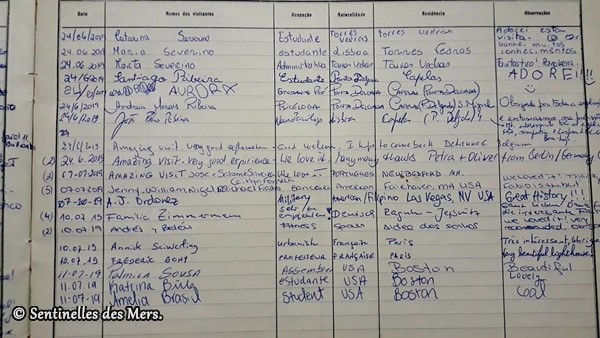
Thank you.
I want to thank the two lighthouse keepers who gave me this wonderful visit.
Agradeça aos Faroleiros pela bonita visita.